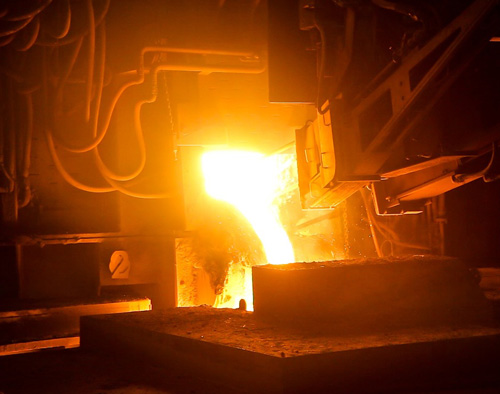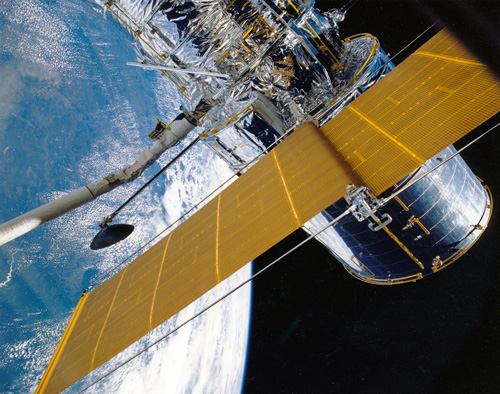Standard AMS2750



The AMS (Aerospace Material Specification) is a high-level standard for aerospace materials, of which 2750 is a standard for high temperature measurement of equipment used for "heat treatment". The scope covers temperature sensors, instrumentation systems, thermal processing equipment, System Accuracy Test (SAT), Temperature Uniformity Survey (TUS), and quality control. At the end of June 2020, it was revised from the E version to the F version, and it will be completely transitioned in June 2022. With the transition, it is necessary to review the measurement control monitoring system such as sensors and equipment related to temperature measurement.
NADCAP is an abbreviation for National Aerospace and Defense Contractors Accreditation Program (Supplier certification system), which is a supplier certification system that employs specialized processes (welding, destructive inspection, heat treatment, etc.) in the aerospace industry operated by PRI (Performance Review Institute), US. This system was developed by the PRI, which has aircraft manufacturers such as Boeing, Airbus, Rolls-Royce, GE, etc., as well as leading engine manufacturers participate and manage as members. It is a program that has been in place since 1990 to audit and verify quality assurance and special processes.
AMS2750 is a standard that defines management and operation standards for a series of operations, including actual heat treatment, to obtain certification.
In order to receive this certification, it is necessary to meet the high temperature measurement requirements indicated in AMS2750E. AMS stands for Aerospace Material Specification, which refers to the requirements for materials used in aerospace. It is established as the SAE (Society of Automotive Engineers) standard (International standards for land transportation and aerospace equipment).
SAT (System Accuracy Test) is to evaluate the total error or correction that integrates the temperature sensors, conductors, connectors, and instruments in the heat treatment furnace.
TUS (Temperature Uniformity Survey) is to inspect the uniformity of temperature in the furnace and to check if the temperature of the allowable heat treatment zone is within the certified heat treatment temperature range. Perform using calibrated independent TUS sensors and TUS instruments.
The key points that have been modified in version F are 1. Requirements for digital equipment, from June 2022, equipment used for measurement and control will be required to be "digital" (= numerical display). When using chart paper, it is necessary to print numerical values within 10 minutes and at least 6 times per cycle. 2. Change of temperature sensor calibration accuracy, the notation of calibration accuracy will be changed as follows. Also, a description regarding resistance temperature detectors has been added. 3. Third-party organizations must comply with the ISO/IEC-17025 requirement that temperature sensors and equipment need to be calibrated prior to first use.
